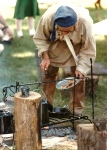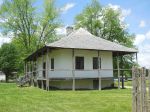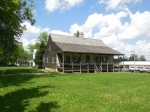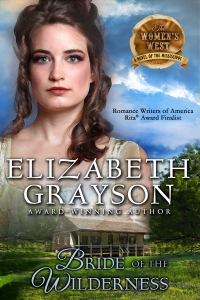THE WOMEN’S WEST
A NEW WESTERN SERIES FROM ELIZABETH GRAYSON
Elizabeth Grayson never set out to write a series of books that were set in the West. She set out to write stories about strong heroines. Heroines who survive and prosper at the edge of the wilderness – and of the men who dare to loved them.
The first three books of the series are available now:
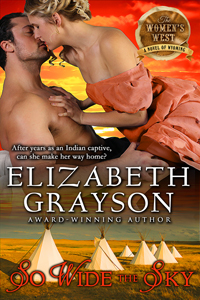 SO WIDE THE SKY – A Novel of Wyoming (Book 1)
SO WIDE THE SKY – A Novel of Wyoming (Book 1)
Cassie Morgan survived a fate worse than death when she was captured by Indians. Returned years later to her own people and indelibly marked by her experience, how is Cassie to make a life for herself in a world where she no longer belongs?
Order Now: iBooks | Amazon | B&N | Kobo | Scribd
 COLOR OF THE WIND – A Novel of Wyoming (Book 2)
COLOR OF THE WIND – A Novel of Wyoming (Book 2)
When children’s book author, Ardith Merritt promised her dying step-sister she’d take her niece and nephews to their father in Wyoming she knew it would mean confronting the man who’d all but destroyed her life.
Order Now: iBooks | Amazon | B&N | Kobo | Scribd
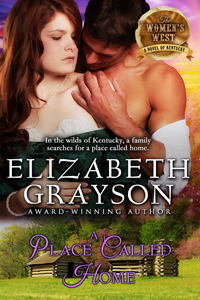 A PLACE CALLED HOME – A Novel of Kentucky (Book 3)
A PLACE CALLED HOME – A Novel of Kentucky (Book 3)
To fulfill her husband’s legacy, Livi Talbot must brave the wilds of Kentucky and confront the man who has always been her enemy.
Order Now: iBooks | Amazon | B&N | Kobo | Scribd
 PAINTED BY THE SUN – The Women’s West (Book 1)
PAINTED BY THE SUN – The Women’s West (Book 1)
Following the westward route of the Orphan Trains, itinerant photographer Shea Waterston is searching for the infant son she was forced to give up ten years ago. To pay her way, Shea photographs everything from church choirs to outlaws, and is setting up her camera at a hanging when she lands in Judge Gallimore’s jail.
Colorado Territorial Judge Cameron Gallimore, a strong but just man, damned himself years before with one fateful decision. But when Shea is hurt saving his life, Cameron takes her to his ranch—against his own better judgement—to recuperate. While there, Shea begins to suspect the Judge’s ten-year-old son is her own lost child.
But the boy’s identity isn’t the only secret Cam has, and just as Shea begins to heal the empty places in his heart, Cam’s past catches up with him. Now Cameron must stand against his enemies to protect his boy and win Shea’s love forever.
~ RT Book Club Reader Recommendations: Top 1001 Historical Romances.
~ “Grayson has a master’s touch … in this seamless, wondrous Western tale.”


